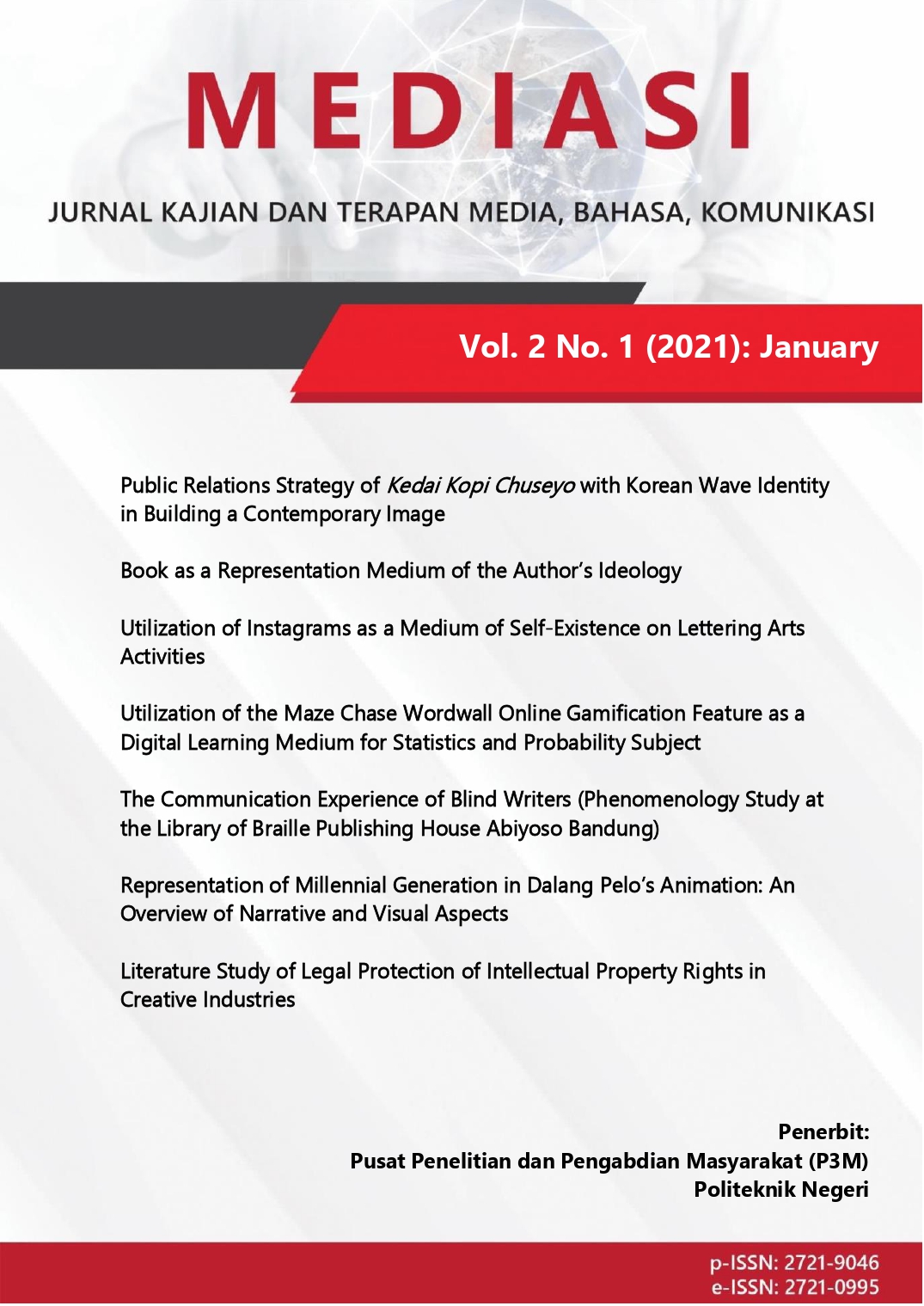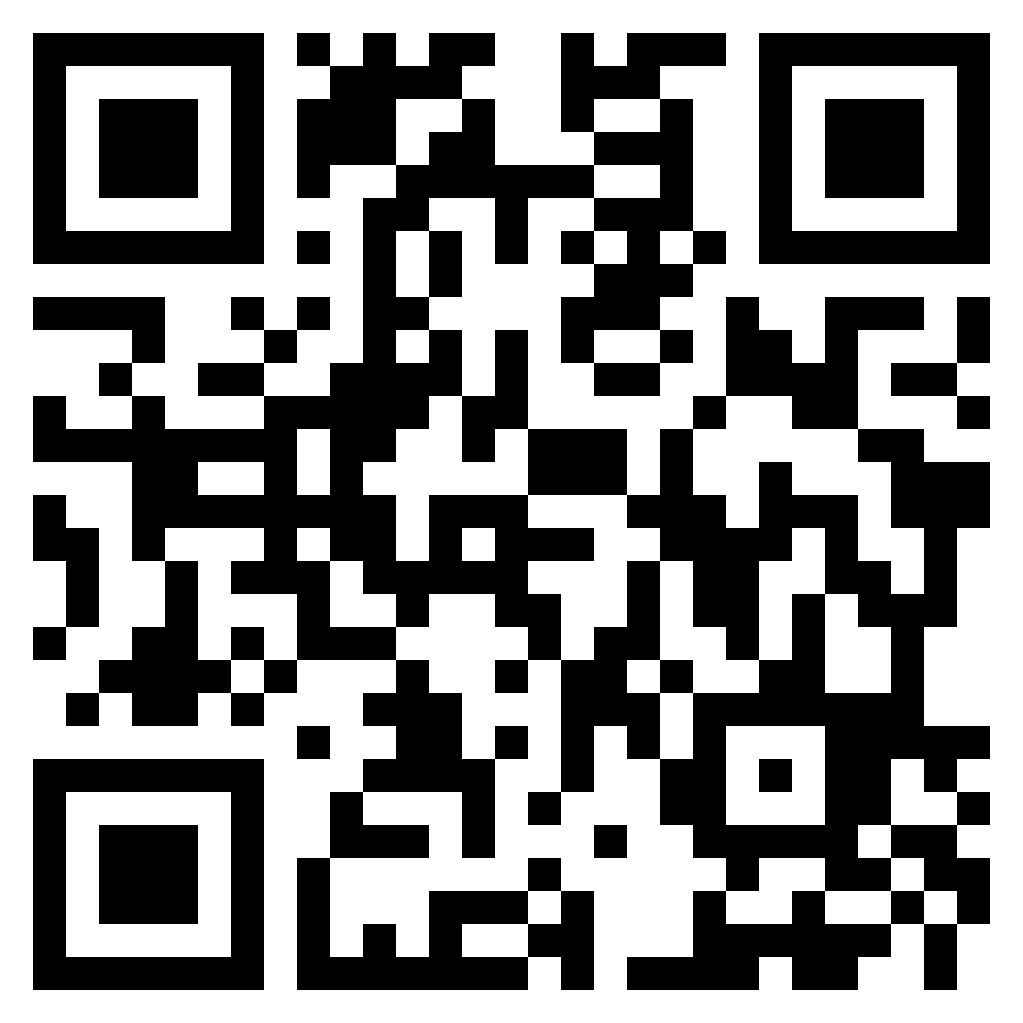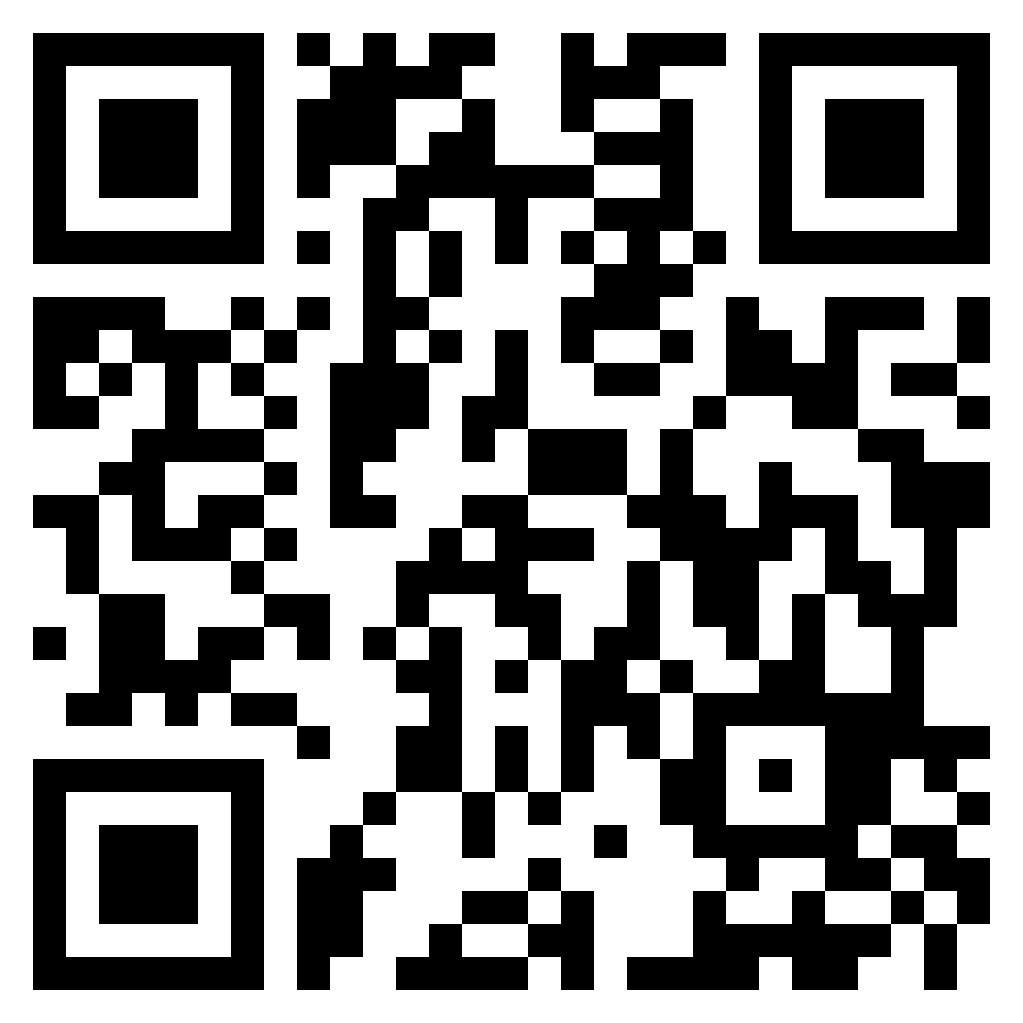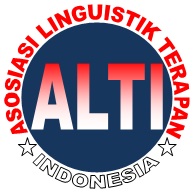The Communication Experience of Blind Writers (Phenomenology Study at the Library of Braille Publishing House Abiyoso Bandung)
DOI:
https://doi.org/10.46961/mediasi.v2i1.255Keywords:
Reading, Writing, Blind People, Communication Experience,Abstract
The aim of this study is to know and to understand the communication experience of blind writers in the aspect of reading and writing activity. The communication experience of blind readers and writers is a process about deep reading and writing activities, whether they read braille books orwrite some inspirational works. This awareness resulted from the willingness as well as the ability to practice of reading and writing either as a physical or as a psychological experience. The method used in this study is qualitative method with a phenomenological approach. Data collection used several techniques such as observation, depth interviews and documentation. The techniques were suitable for exploring and examining the communication experiences of blind readers and writers. This study found that the experiences among blind people communications in reading and writing activities are actually combinations of physical and psychological experiences.
References
Creswell, J. W. (2014). Penelitian Kualitatif dan Desain Riset. Jogjakarta: Pustaka Pelajar
Kuswarno, E. (2009). Metodologi Penelitian Komunikasi Fenomenologi: Konsepsi, Pedoman dan Contoh Penelitianya. Bandung: Widya Padjadjaran.
Mulyana, D. & Solatun (2008). Metode Penelitian Komunikasi. Bandung: Rosda Karya
Priyana, A. (2012). Strategi untuk Meningkatkan Kemampuan Baca Tulis Al-Quran Braille bagi Tunanetra Muslim di TPA LB Yaketunis. Skripsi Universitas Islam Negeri Sunan Kalijaga Yogyakarta
Rakhmat, J. (2015). Psikologi Komunikasi. Bandung: Rosda Karya
Rudiyati, S. (2010). Pembelajaran Membaca dan Menulis Braille Permulaan pada Anak
Tunanetra. JASSI ANAKKU (Jurnal Asesmen dan Intervensi Anak Berkebutuhan Khusus), 9(1), 5765.
Downloads
Published
How to Cite
Issue
Section
Citation Check
License
You are free to:
- Share — copy and redistribute the material in any medium or format
- Adapt — remix, transform, and build upon the material
- The licensor cannot revoke these freedoms as long as you follow the license terms.
Under the following terms: Attribution; NonCommercial; and no additional restrictions.















